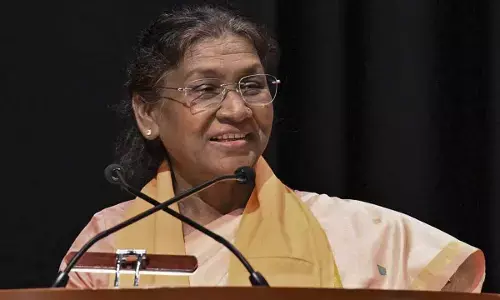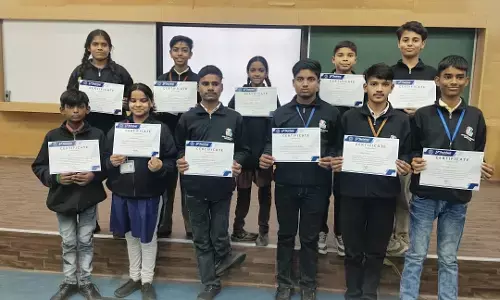Financial planning key for better retirement life

Ive always reiterated that retirement is not about retiring Its a phase of ones life where they should be spending their lives pursuing their passions or just living comfortable from the hardearned monies accumulated during their work years Simply, it consists incomes or inflows that outstrip or at least manage to meet their expenses or outflows
I’ve always reiterated that retirement is not about re-tiring. It’s a phase of one’s life where they should be spending their lives pursuing their passions or just living comfortable from the hard-earned monies accumulated during their work years. Simply, it consists incomes or inflows that outstrip or at least manage to meet their expenses or outflows. Most of the times when planning for the retirement, we (both the planner and the seeker) engage in hours of analysis to arrive at the quantum of sums required by inducing parameters of inflation, lifestyle costs, etc. but what needs to be arrived at is what is the limit i.e. how much is enough?
Probably by answering this seemingly modest question, one could be able to address the requirement in an easier way. The problem of outliving the savings is a clear and present danger! There’s every possibility of that happening and how could one be insulated against the risk of living too long. Averages could be quiet misleading and they don’t really portray the actuals. For instance, if the average life expectancy in India is, say 75, so is planning till age 75 is good enough or should one make an additional buffer? Then would 80 be sufficed? What if one lives till age 90 or even 100,how would they be protected against?
Also, another crude example of averages is the way most of us deal about calculating returns. From the experience or history, we generally arrive that a particular asset class would provide an X-percentage return over a 10- or 15-year period. But, would it illustrate the down years where the returns of that asset class or the portfolio is negative and how would the base erode due to the constant outflows (expenses remain same despite how the returns pan out) and how would the portfolio turn up with a consecutive bad return year? Would a bumper return in the next year suffice, how do we construct a nest-egg based on these assumptions? Yes, this makes things scary and if it made you shiver, then welcome to the future. It’s completely unknown to any of us despite whatever we tend to plan.
Am I saying that all the planning here is wasteful of energies and time? No, certainly not as any level of planning is far better than no planning at-all. So, how do we end up winning this game? I’ve posed many questions with almost no answers till now. Let’s address the first question again, how much is enough? When you consider a scenario where the corpus is only seeing withdrawals at a pre-defined rate, obviously, one needs to either build a very large corpus or run out of it at some time. The timing of, sometime, might not be on the expected lines, though.
What’s the alternative? It’s to build a steady flow of income generating (obviously low yielding) and guaranteed returns. I know many individual investors who build portfolios of rent yielding real estate, what they forget is that after a point the costs of maintenance and continuity outweigh the advantages of income flows. So, one needs to have a combination or portfolio of various asset classes both physical and financial to provide for a continued income at least till age 100. This could be a combination of cash, deposits, cash generating real estate, stocks, mutual funds, retirement plans and tax-free bonds. The other important factor that one has to also keep in mind is the possible tax treatment of their income.
It’s always painful to see my dad still worry about trying to save taxes even during the retirement phase. None of the tax saving instruments he would opt would make much sense with many only defer the tax and not actually save tax. Moreover, at that age no one is sure if they would enjoy the benefits of these instruments.
So, the planning should encompass to have a meaningful inclusion of non-tax cash generating avenues. It’s critical to have multiple streams of income (I’m not hinting about working again)with assets that generate future and continuously so. Most importantly, it’s not the investment returns that define the happiness or content factor during the twilight years but the choices one makes (especially in the lifestyle opted). There’s no fun in creating huge wealth without any happiness!
(K Naresh Kumar - The author is co-founder of “Wealocity”, a wealth management firm and could be reached at [email protected])
















